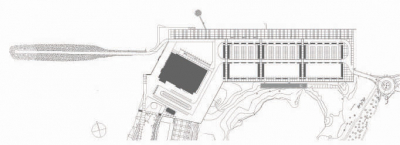House of Environment for Ecological Parc Izadia
The Izadia nature reserve re-establishes the dune environment of the Anglet cost in Pyrénées-Atlantique.
Interdependent of the urban surroundings, it bring together scientific research, ecological policy and educational recreation. The center reflects this intention. On the Barre site, this expanded 100 metre « beam » along the river Adour is a clear boundary in relation to the contrasted landscapes from west to east. It is first and foremost a structure opened to life, wind, rain and sun, mainly built in natural wood without treatment (Douglas pine and larch). A Saint Andrews cross Douglas pine beam sits atop stilts, lightening its relation with the ground. « Nothing is touched », nothing on land is disturbed, since it is connected to the ground by catwalks or pilotis The reinforcement of the structure is braced by a delicate metal structure whinch lincks it to the open-worked Small timber bean roofing (a pergola limiting the zinc roof overheating). The building is a jetty, a pathway, a journey.
Its three levels (the lower ground level of the flood gate chamber, the ground level of the entrance, and the belvedere level) are only linked by two ramps and a staircase. No elevator (as well as no air conditionning system thanks to a bioclimatic conception) to obtain an energy performance of the building generates on open structure. Reading the Centre as a section, one understands the exchange between architecture and nature which can in no sense be confined to ressemblance. The Izadia centre is a covered enclosure. It is an open, cantilevered structure full of vitality, a construction of empty space and a shelter.
Exhibition and presentation halls (only 400 m2 including offices) follow on from each other in the expense of the trail-centre. Protected and open, lit with natural light and sheltered, the rooms with a view maintain their sense of interior. Final energy consumptions are 62,6 kWhEP/m2 for all consumptions : heating, hot water, ventilation, lighting and scenography, and 31,1 kWhEP/m2 without scenography.

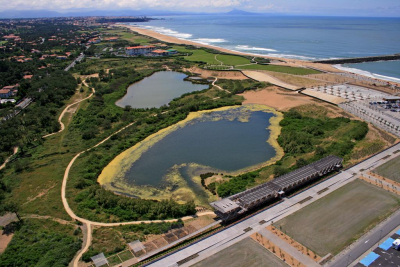
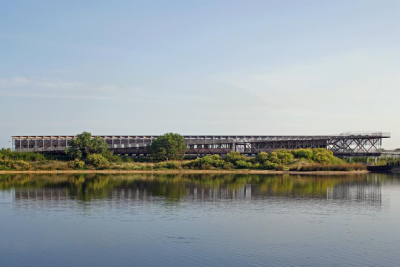
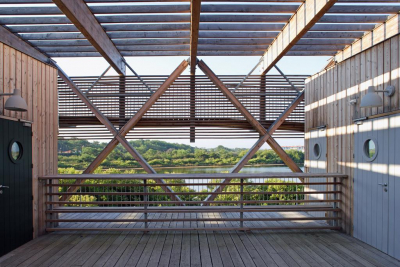
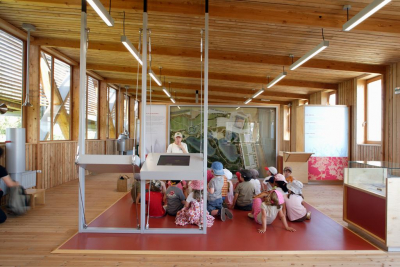
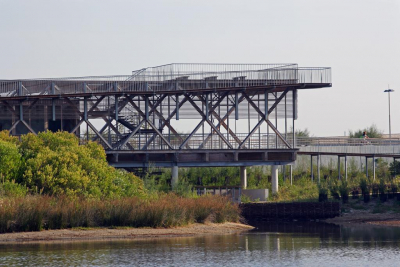
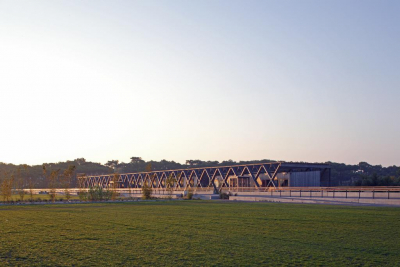
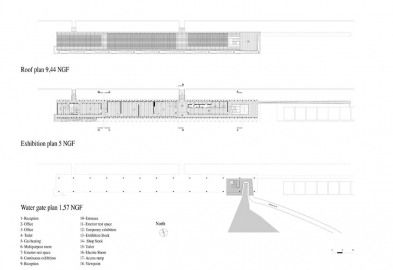
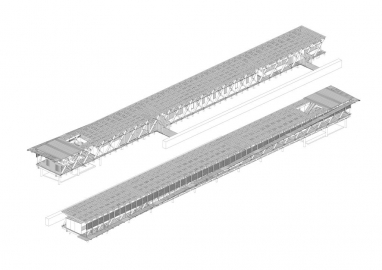
 copy.jpg)
 copy-1.jpg)
 copy.jpg)
